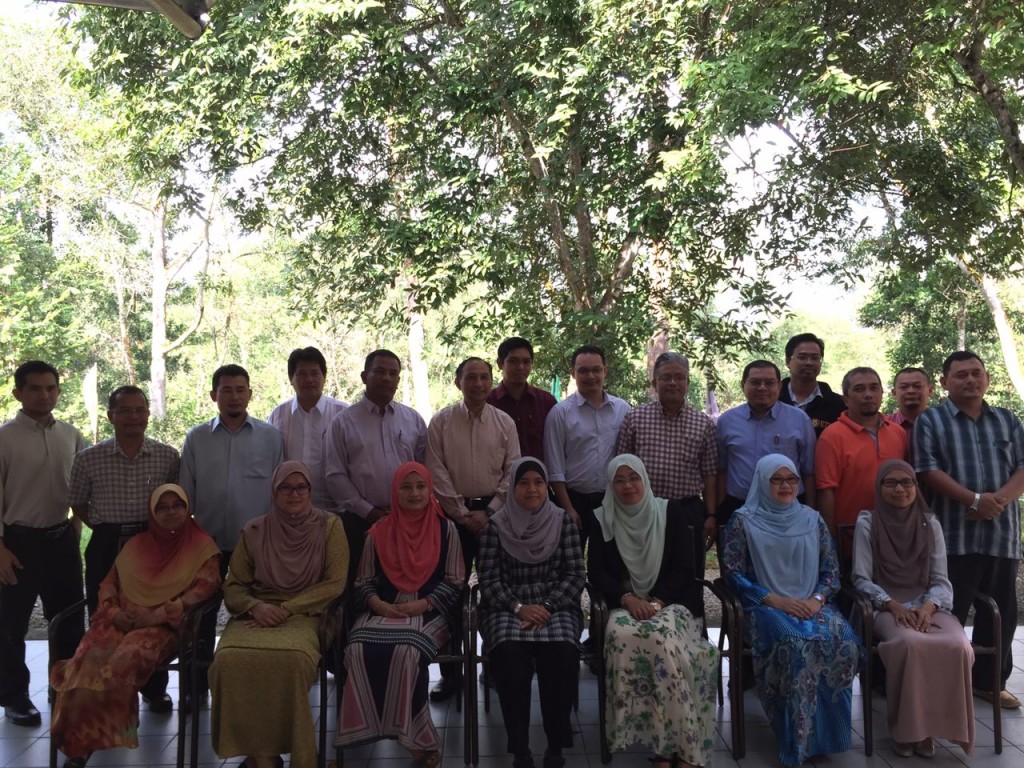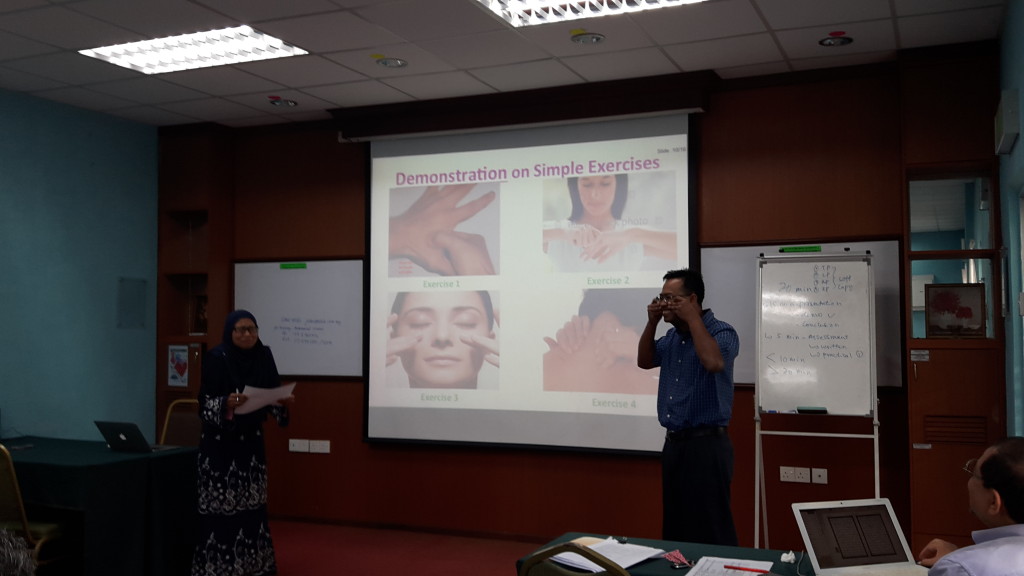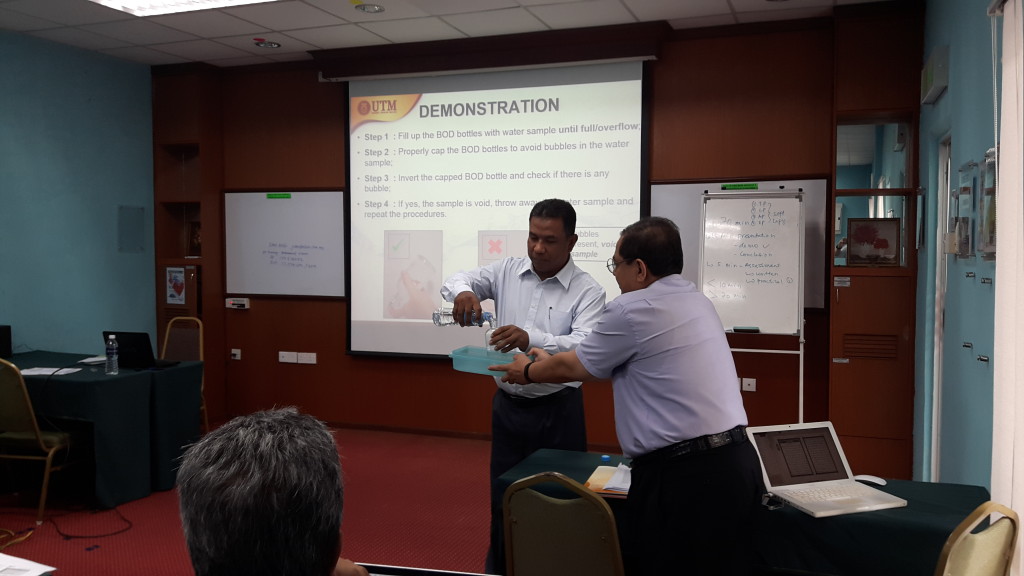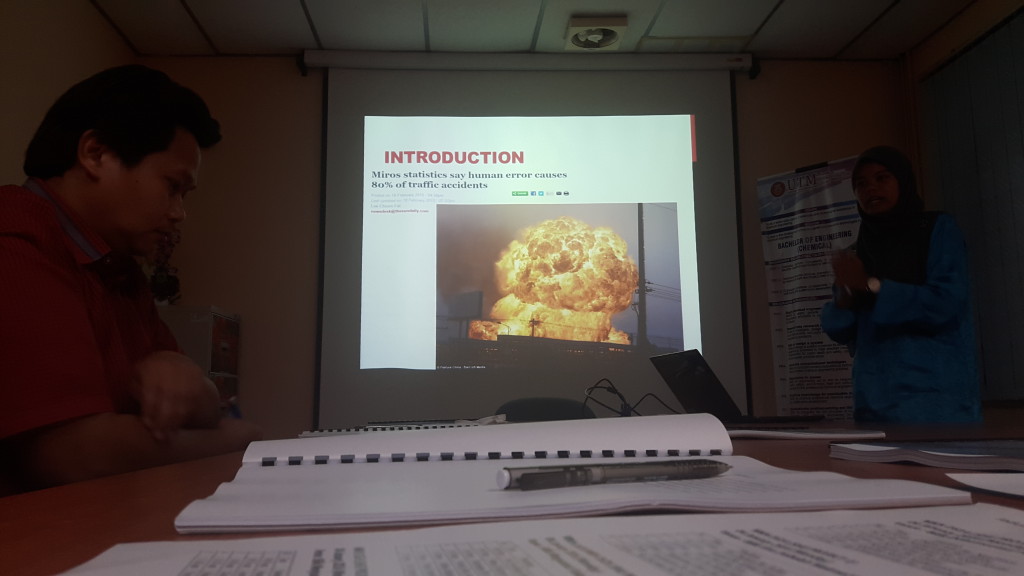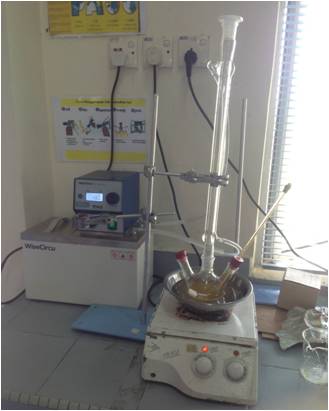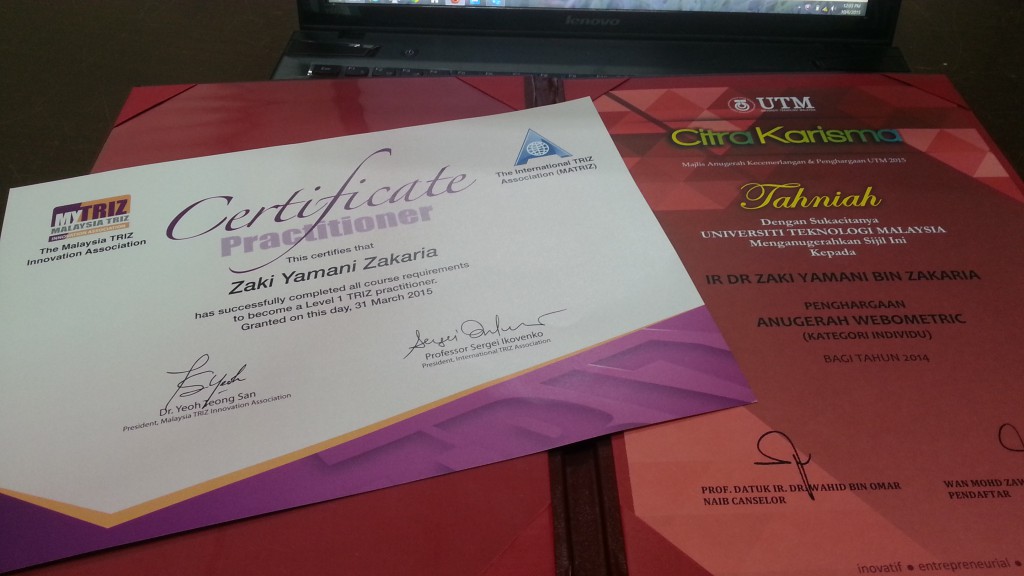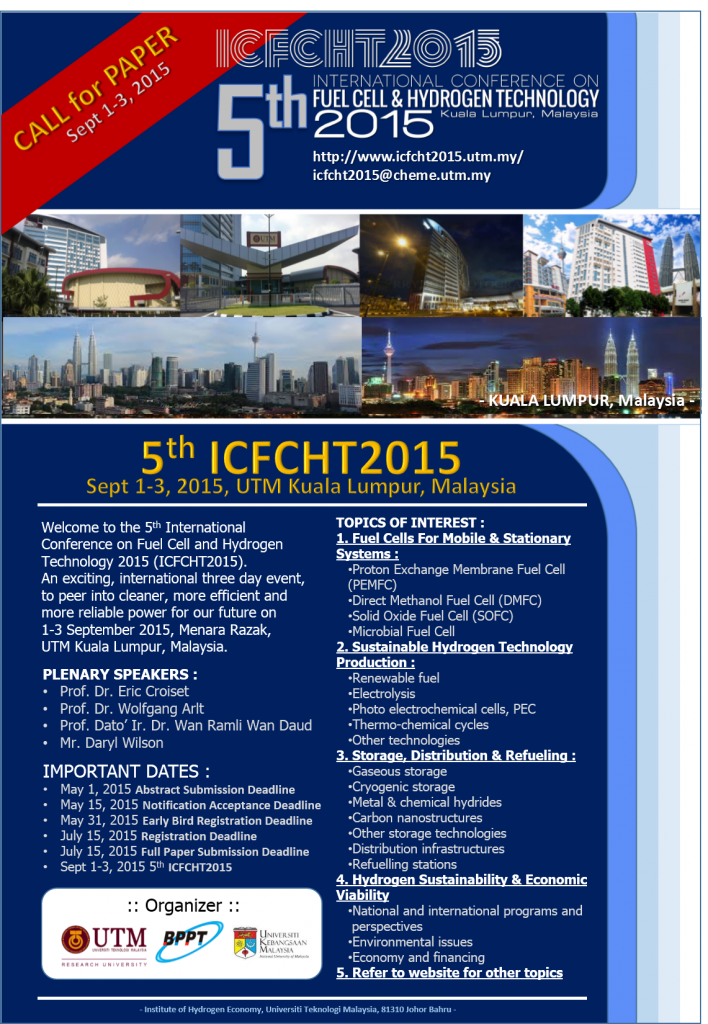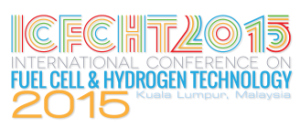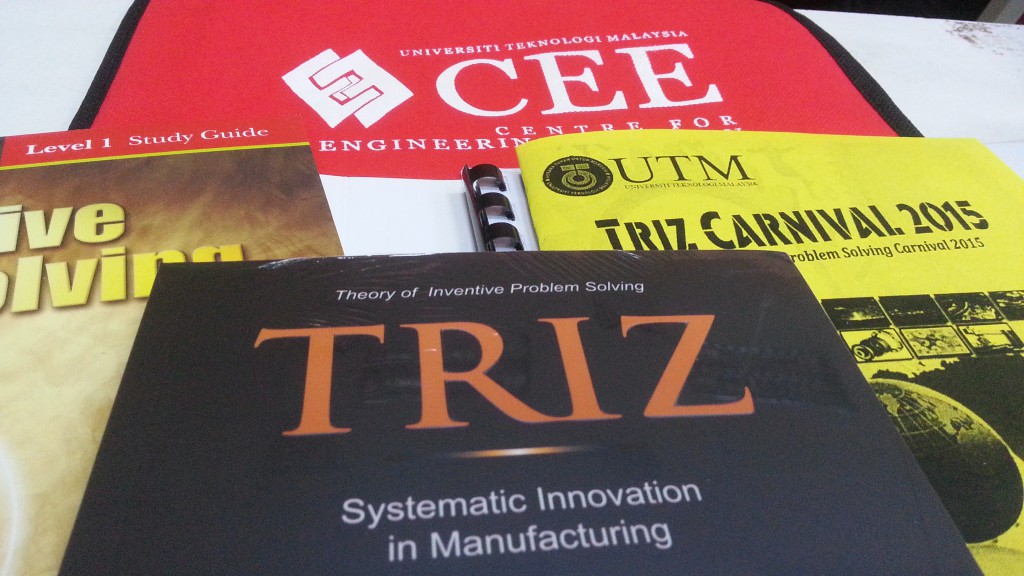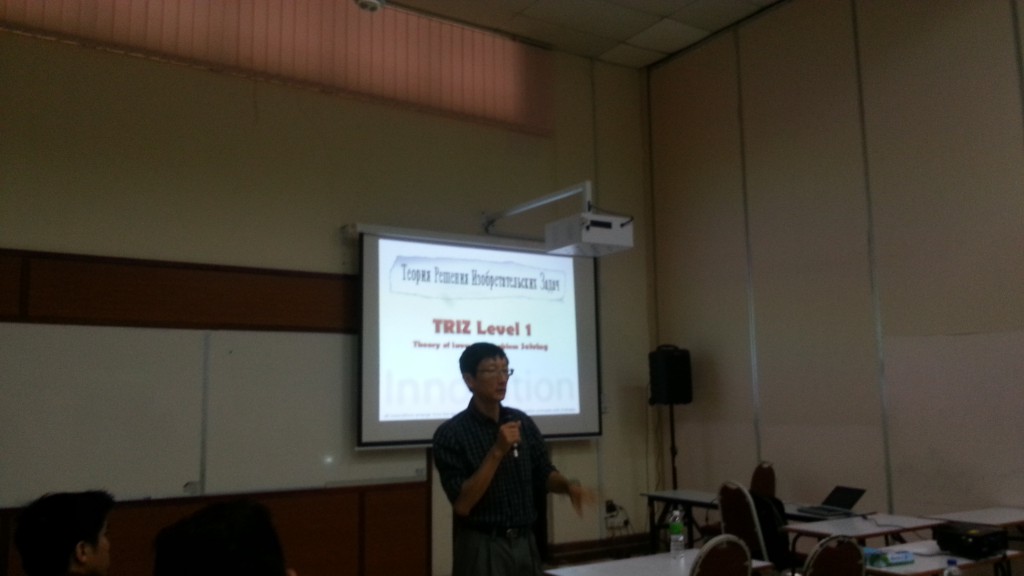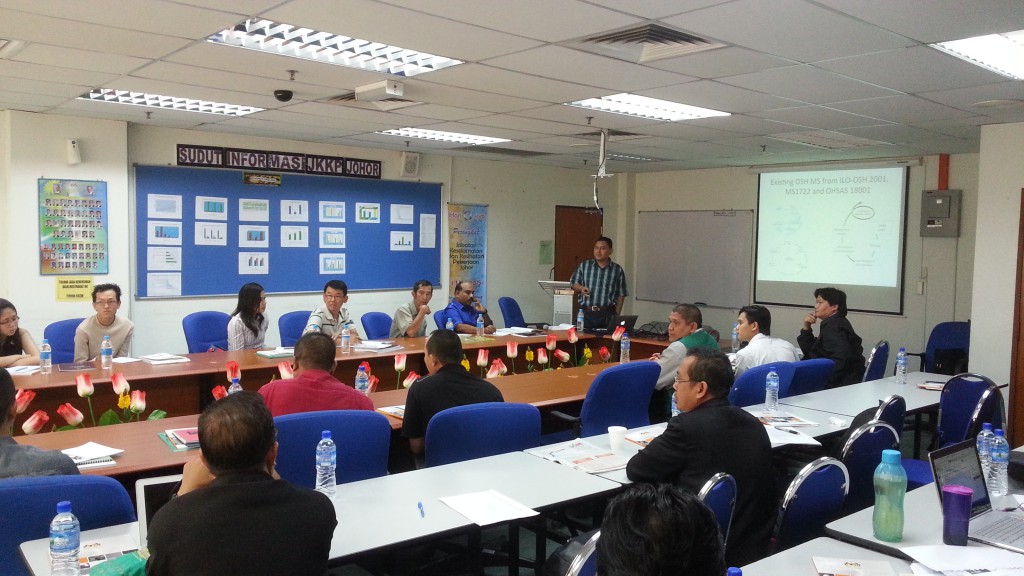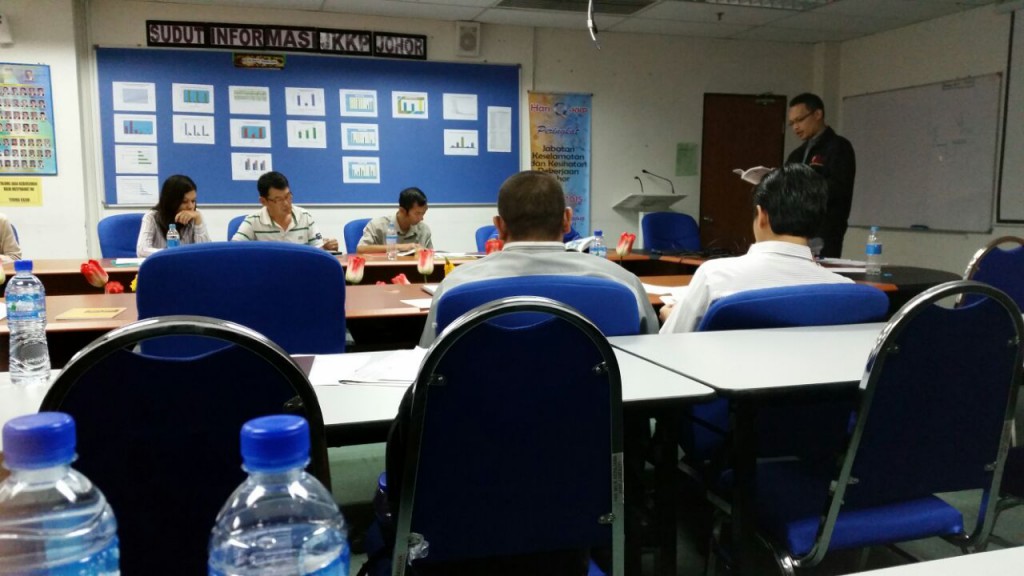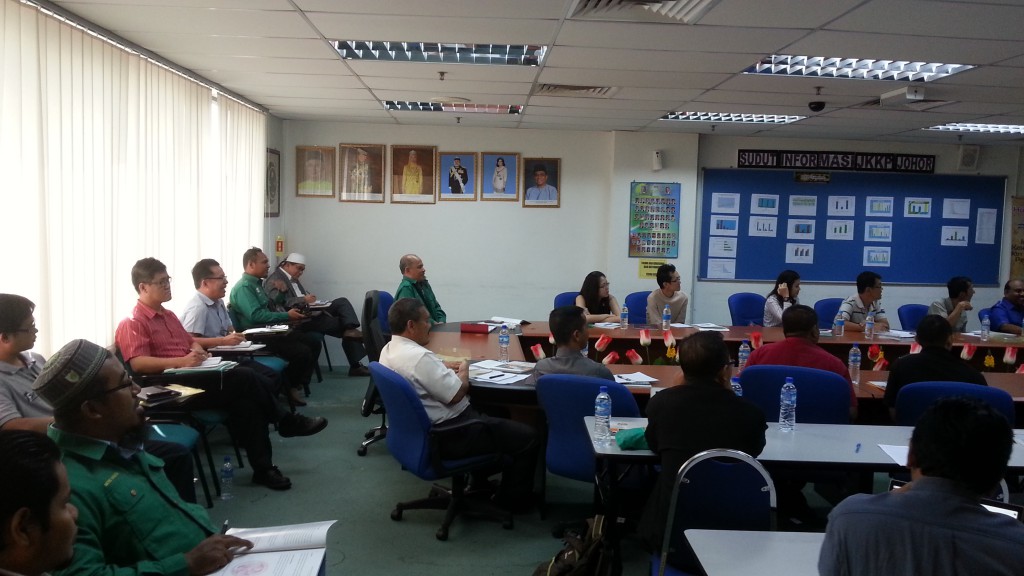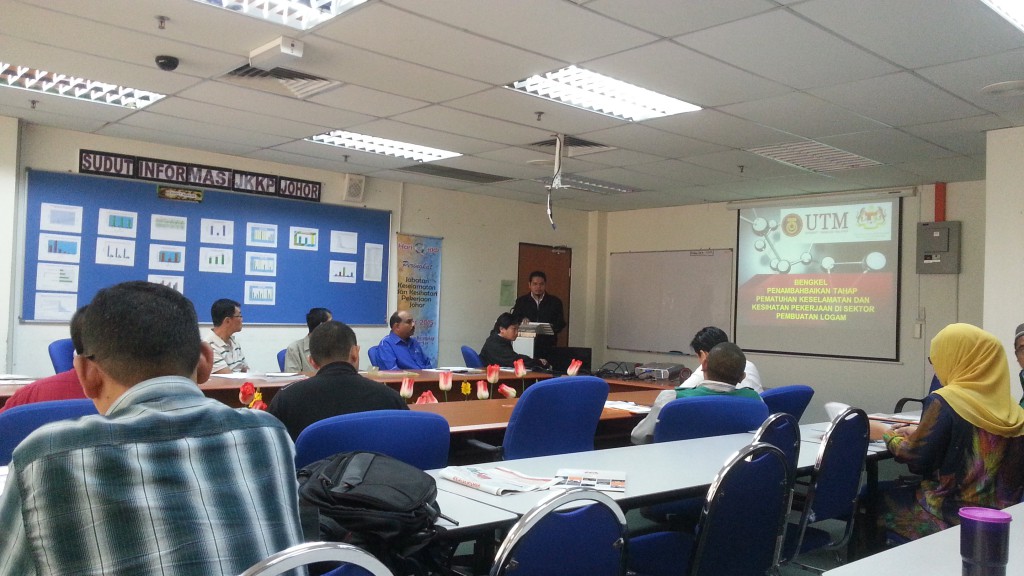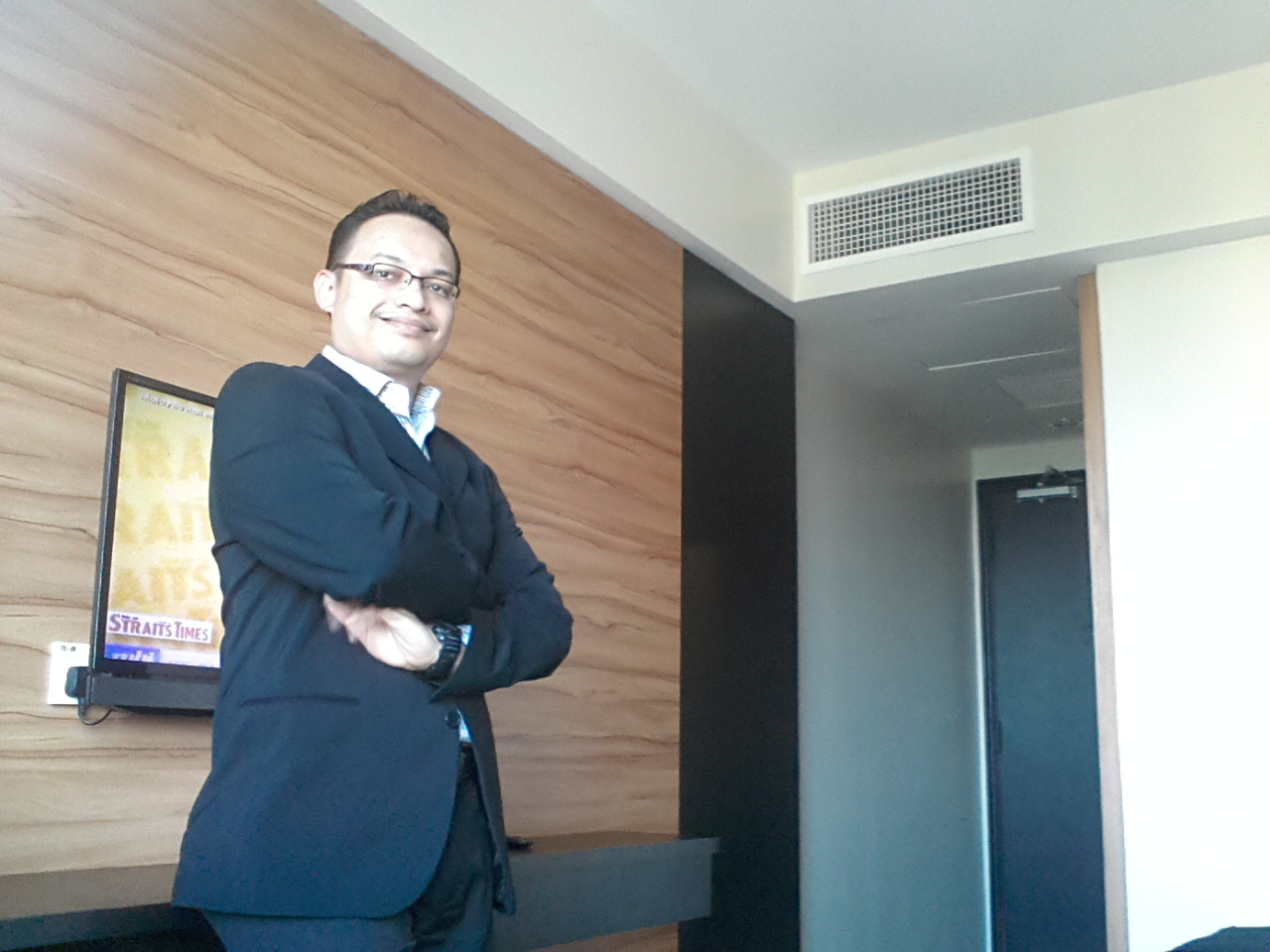17th Jan 2016 – Sunday :
(1)Introduction to Engineering Mark Assessment Meeting
(2) ISO Awareness Meeting @ Faculty (2.30pm – BMF)
18th Jan 2016 – Monday :
(1) First Stage MKK examinations (as examiner)
(2) First Stage MKK examinations for my student
(3) GCMS-Head Space/Pyrolyzer installation and set up
19th Jan 2016 – Tuesday :
(1) GCMS-Head Space/Pyrolyzer installation and set up
(2) MKH Subject Meeting @ Center of Hydrogen Energy (CHE)
20th Jan 2016 – Wednesday :
(1) CRR Meeting/Training (Dr. Wan Rosli system)
(2) GCMS-Head Space/Pyrolyzer commissioning and training starts today
(3) Unofficial meeting with analytical lab staff
21th Jan 2016 – Thursday :
(1) Safety Audit Preparation Meeting – N05
(2) GCMS-Head Space/Pyrolyzer commissioning and training starts today
